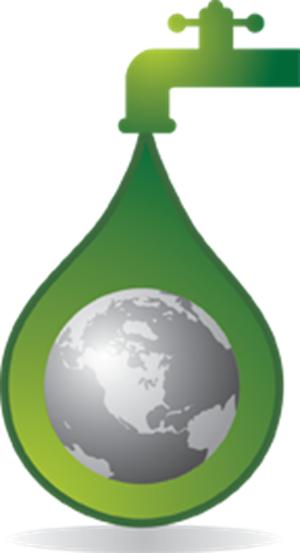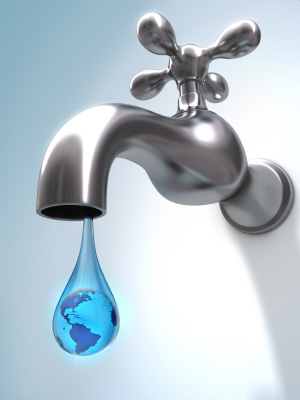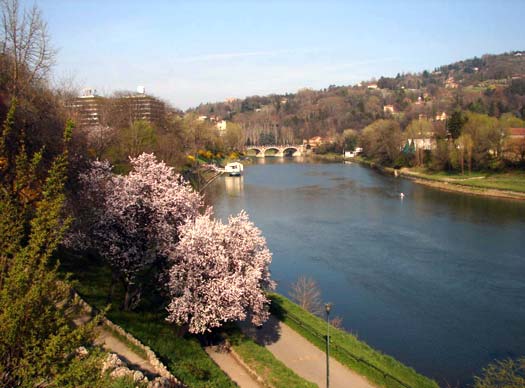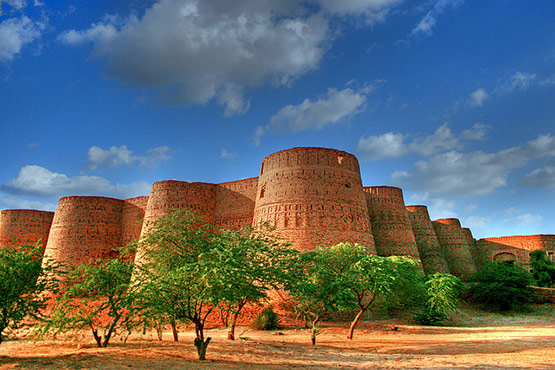- Less than 2% of the Earth’s water supply is fresh water.
- Of all the earth’s water, 97% is salt water found in oceans and seas.
- Only 1% of the earth’s water is available for drinking water. Two percent is frozen.
- The human body is about 75% water.
- A person can survive about a month without food, but only 5 to 7 days without water.
- Every day in the United States, we drink about 110 million gallons of water.
- Landscaping accounts for about half the water Californians use at home. Showers account for another 18 percent, while toilets use about 20 percent.
- Showering and bathing are the largest indoor uses (27%) of water domestically.
- The average American uses 140-170 gallons of water per day.
- If every household in America had a faucet that dripped once each second, 928 million gallons of water a day would leak away.
- There are 7.48 gallons in a cubic foot of water. Therefore, 2000 cubic feet of water is 14,960 gallons.
- An acre foot of water is about 326,000 gallons. One-half acre foot is enough to meet the needs of a typical family for a year. There are 7.48 gallons in a cubic foot of water. Read more
Archive for Facts and figures
Water conservation facts and tips
100 Ways To Conserve
There are a number of ways to save water, and they all start with you.
02. When washing dishes by hand, don’t let the water run while rinsing. Fill one sink with wash water and the other with rinse water.
03. Some refrigerators, air conditioners and ice-makers are cooled with wasted flows of water. Consider upgrading with air-cooled appliances for significant water savings.
04. Adjust sprinklers so only your lawn is watered and not the house, sidewalk, or street.
05. Run your clothes washer and dishwasher only when they are full. You can save up to 1,000 gallons a month.
06. Choose shrubs and groundcovers instead of turf for hard-to-water areas such as steep slopes and isolated strips.
07. Install covers on pools and spas and check for leaks around your pumps.
08. Use the garbage disposal sparingly. Compost vegetable food waste instead and save gallons every time.
09. Plant in the fall when conditions are cooler and rainfall is more plentiful. Read more
Did you know…? Facts and figures about the Po River Basin (Italy)
- The Po River basin generates nearly 40% of the Italian national GDP through intensive industry and other economic activities.
- The Po River basin extends from the Alps in the west to the Adriatic Sea in the east and covers an area of 74,000 km2. While 5% of the basin lies in Switzerland and France, most of it is situated in northern Italy. This is where the basin is the largest, its main channel the longest (650 km), and its discharge the biggest.
- The Po basin is home to some 16 million people (2001), and extends over 24% of Italy’s territory. The regions of Piedmont, Aosta Valley, Liguria, Lombardy, Veneto, Emilia Romagna and Tuscany lie partially or completely within it, as does the Autonomous Province of Trento.
- Average precipitation varies from a maximum of 2,000 mm in the Alpine range to slightly less than 700 mm in the eastern plains, with an annual average of 1,100 mm. Read more
Facts and figures about the Cholistan Desert (Pakistan)
- Cholistan is the largest of four major deserts of Pakistan. It is bordered on the south by the Thar desert in Sindh province and on the east by the Rajasthan desert in India. The Cholistan Desert covers about 26,000 km2, which corresponds to 26% of the 110,000 km2 of the country’s total desert area and 3% of its overall surface area.
- The average annual rainfall in the desert ranges from 100 to 200 mm. Consequently, freshwater availability is very limited. There are no perennial or ephemeral streams, and most of the groundwater is saline with a medium to high range of dissolved solids that make it generally unfit for drinking.
- The only source of freshwater for about 110,000 inhabitants and their approximately 2 million head of subsistence livestock is the occasional rainfall. Fortunately, the average annual potential of 300 million m3 for rainwater harvesting is more than sufficient to satisfy the combined water demand of the people and livestock.
- To make the best use of this potential the herders have found ponds known locally as tobas. These store runoff water for use during the dry periods. Harvested rainwater is also stored for household use in large circular or rectangular tanks called kunds. Read more
Did you know…? Facts and figures about the impacts of water use on water systems and the environment
- On average freshwater species populations were reduced by half between 1970 and 2005, a sharper decline than for other biomes.
- As of 2000 there were more than 50,000 large dams in operation.
- Some 589 large dams were built in Asia from 1999 to 2001.
- Of the world’s 292 largest river systems in 2005 (accounting for 60% of the world’s runoff), more than a third (105) were considered to be strongly affected by fragmentation, and 68 moderately affected.
The section “Did You Know…?” is taken from the 3rd World Water Development Report “Water in a Changing World“. Read more







